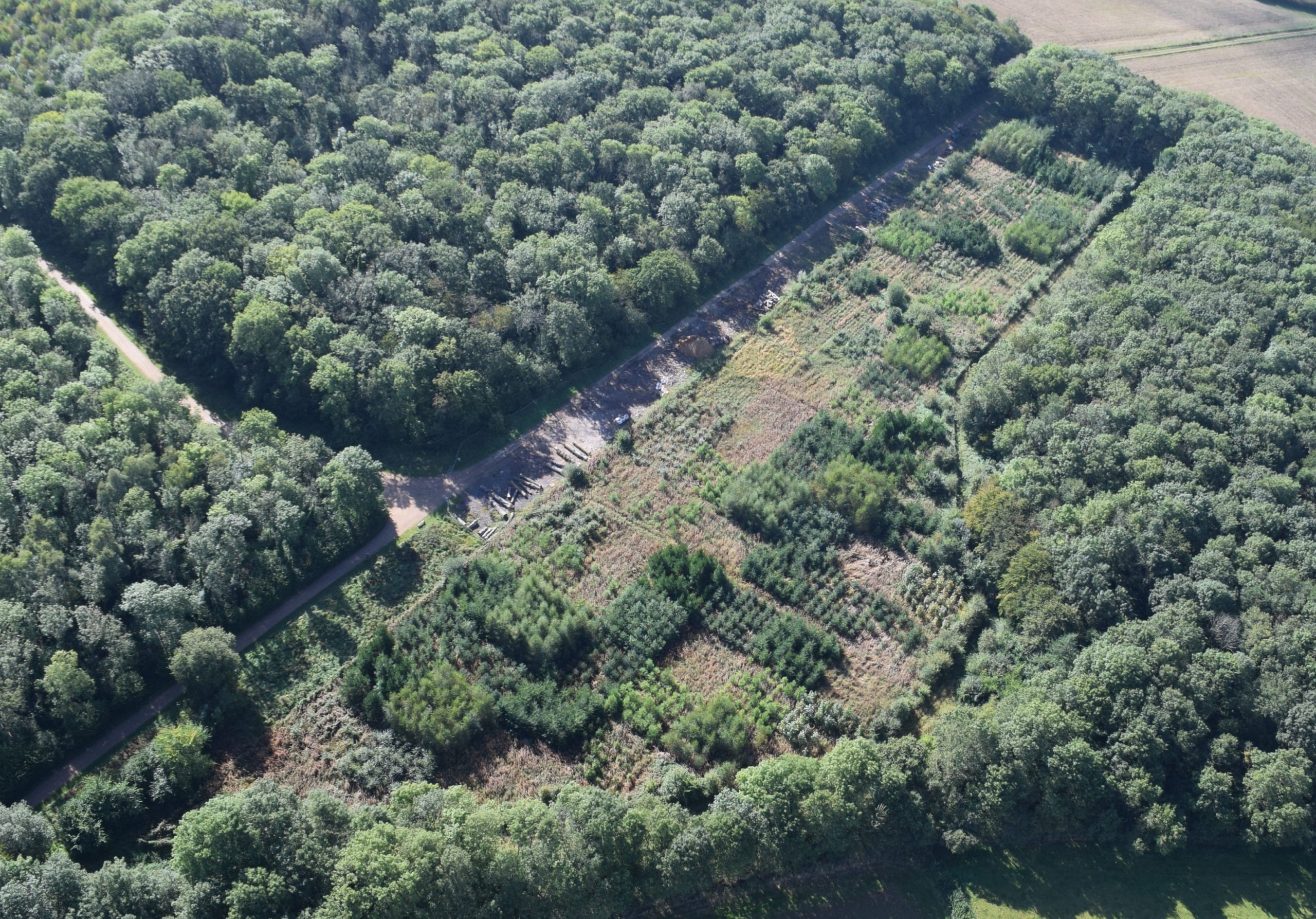Forestry in Britain is reliant on a few tree species and is facing the challenges of climate change and an increasing number of new pests and diseases; this narrow palette of species increases risk. After a 40-year gap in large scale species trials a new series were established in 2012. This paper examines the initial results with the aim of increasing knowledge and understanding to evaluate species potential for wider use.
Two series of trials have been established amounting to 42 species and 116 provenances on five sites across England, Scotland and Wales. To be concise, results are only reported at the species level. Of the species assessed; seven exceeded expectations (holm oak, incense-cedar, oriental beech, cork oak, Weymouth, loblolly and stone pines) fifteen did as expected and nine performed below expectations. The results so far do not tell the full story and it is important that poorly performing species are not summarily dismissed as a variety of factors will have had an impact.

